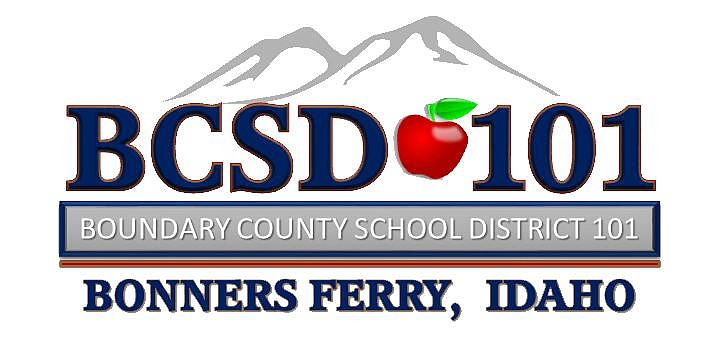A tale of two school districts
A student’s zip code can make a big difference in their education.
It can determine whether bonds and levies get passed and for how much, whether teachers will be highly paid, and whether students learn in new or outdated schools.
It comes down to this: Some communities are wealthier than others, and are more willing and able to spend on education.
Most Idaho districts supplement state and federal funds with local dollars, collected through bonds and levies. But that system — of depending on local taxpayers to foot the bill for teachers, classroom supplies, new schools, and more — creates haves and have-nots among Idaho’s traditional school districts.
And sometimes, those districts are neighbors — a proximity that only highlights the stark differences between the two.
There are a number of districts like this in Idaho: Blaine County and Shoshone; Coeur d’Alene and Plummer-Worley; West Ada and Horseshoe Bend — the list goes on.
Just how disparate are the school budgets in these David-and-Goliath districts? And do they have an impact on student achievement?
Let’s consider one case study: Lake Pend Oreille and Boundary County school districts.
Located just 30 miles apart, the education hubs have vastly unequal local resources to draw on.
Lake Pend Oreille counts on its continuous $12.7 million annual levy, while Boundary County has a two-year, $2.4 million levy — one it will have to ask voters to renew.
With more than $10 million more assured to flow in each year, Lake Pend Oreille can spend significantly more on teacher salaries, classroom supplies, and other educational resources.
And the data shows the Lake Pend Oreille students are higher-achieving, too, outperforming Boundary County students on almost every major academic measurement.
Here’s a side-by-side comparison of the districts’ finances, demographics, achievement data, and more.
A budget of $40 million vs one of $12.7 million
Lake Pend Oreille School District has nearly three times as much money in its total budget ($40 million) as Boundary County ($12.7 million) — and nearly $13 million of that total comes from local taxpayers.
Lake Pend Oreille also spends about $1,650 more per student per year. Over the 13 years a student spends in the districts, that means more than $20,000 will be spent on them than if they lived half an hour away in Bonners Ferry.
Vastly different budgets, similar student bodies
In terms of demographics, more Boundary County students qualify for free and reduced-price lunches, but otherwise, the districts’ student bodies are similar.
Lake Pend Oreille students outperform Boundary County students
When it comes to academics, Lake Pend Oreille students outperform Boundary County students in nearly every academic measure — except for graduation rate.
Lake Pend Oreille students also performed above state testing averages — and often well above. Comparatively, Boundary County students either performed below or right at state averages.
Lake Pend Oreille teachers are also better paid
Teacher retention is similar in both districts, but teachers in Lake Pend Oreille are paid about $9,000 more on average.
‘It’s not equitable’: two districts with two very different realities
This is just one case study, but it seems to show that money matters when it comes to education.
Andrea Fuentes, the curriculum director for Boundary County School District, said the districts are incredibly distinct: “You’re comparing a resort town that has millions of dollars pushed into their schools, and then a title one, rural school. It’s not equitable.”
She referred to an oft-cited part of the Idaho constitution that calls for equitable education: “It shall be the duty of the legislature of Idaho, to establish and maintain a general, uniform, and thorough system of public, free common schools.”
“But that’s not how schools are funded and you still have to provide the same quality of education in a rural school district with less taxpayer base,” Fuentes said.
That’s a reality many Idaho districts face.
Data analyst Randy Schrader contributed to this report.
This story was originally published by Idaho Education News on Monday.



